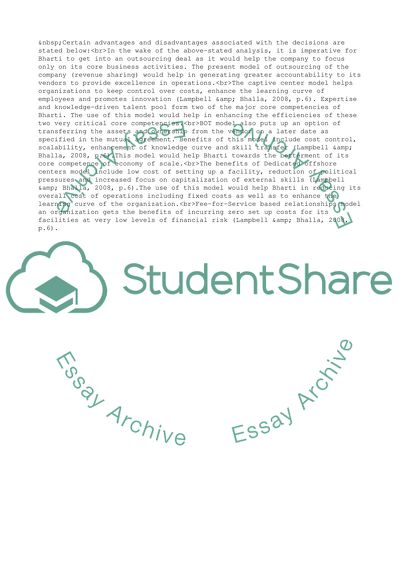Cite this document
(“Bharti Airtel Case Study Essay Example | Topics and Well Written Essays - 1750 words”, n.d.)
Retrieved from https://studentshare.org/business/1572059-bharti-airtel-case-study
Retrieved from https://studentshare.org/business/1572059-bharti-airtel-case-study
(Bharti Airtel Case Study Essay Example | Topics and Well Written Essays - 1750 Words)
https://studentshare.org/business/1572059-bharti-airtel-case-study.
https://studentshare.org/business/1572059-bharti-airtel-case-study.
“Bharti Airtel Case Study Essay Example | Topics and Well Written Essays - 1750 Words”, n.d. https://studentshare.org/business/1572059-bharti-airtel-case-study.


